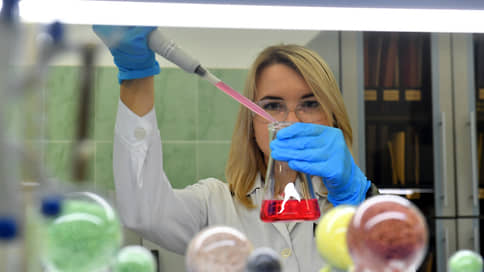HSE experts assessed the effectiveness of tax incentives in science
[ad_1]

OECD countries, along with direct funding of corporate science, are increasingly using tax incentives to stimulate research and development. As the Institute for Statistical Research and Economics of Knowledge (ISSEK) of the National Research University Higher School of Economics calculated, if in 2000 benefits accounted for an average of about 30% of the total state support for science in the business sector, then in 2020 this figure increased to 55%. Tax incentives are more effective for small companies, due to their usually small initial volume of research activity.
ISSEK experts assessed the impact of tax incentives on the development of corporate science using data from the OECD microBeRD+ project (studies the prevalence and impact of government support measures on research and development in the business sector in 22 countries). It is noted that in recent years this support measure has become more actively used by states along with direct funding of science. If in 2000 benefits accounted for an average of 30% of the total volume of state support, then in 2020 this figure increased to 55%.
According to the OECD, the average incremental coefficient (IC) of assistance was 1.4 – that is, for one conventional unit of tax state support there are 1.4 additional units of business investment. The effect of tax measures is most pronounced in small companies – the coefficient is 1.6. For large ones it is 0.4, for medium ones it is 1.4. The greater impact of support in small businesses is driven not so much by the size of the companies, but by the initial volume of their research activity – which is usually inferior to larger enterprises. However, as noted in the report, sometimes tax incentives may not lead to an increase in innovative or economic activity of business – companies in their reports may artificially inflate the costs of science, and additional research financed by tax incentives may be inferior in efficiency to those conducted without the use of incentives .
As Mikhail Gershman, director of the ISSEK Center for Scientific, Technical, Innovation and Information Policy, notes, tax incentives for science have a positive effect on the volume of research and development carried out by companies. According to experts, the Russian Federation has the potential to increase the volume of indirect support for science (direct government funding in 2020 amounted to 0.36% of GDP, tax incentives – 0.11% of GDP), including through the expansion of income tax benefits.
It is noteworthy that the influence of direct government funding on business investment in science has a multiplier effect similar to tax incentives (the coefficient is also 1.4). “OECD analysis shows, in particular, the positive impact of tax and direct support on indicators such as sales, employment and labor productivity in most countries,” states the ISSEK, noting the “complementarity” of the two types of support. This can to some extent be confirmed by the situation in the Russian IT industry, where the combination of government orders and benefits in recent years has shown unprecedented effectiveness, causing the share of this sector in GDP to increase by 1.5 times in 2023 compared to 2019 (see . “Kommersant” dated April 16).
[ad_2]
Source link







